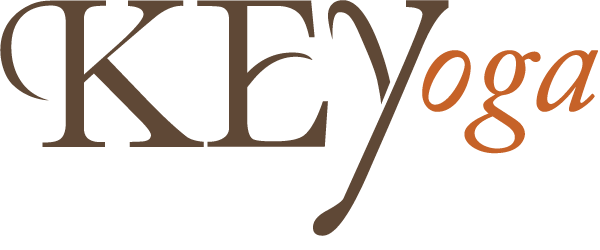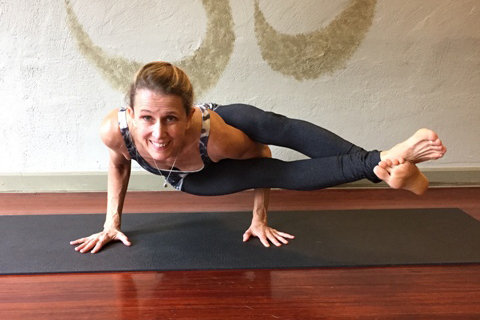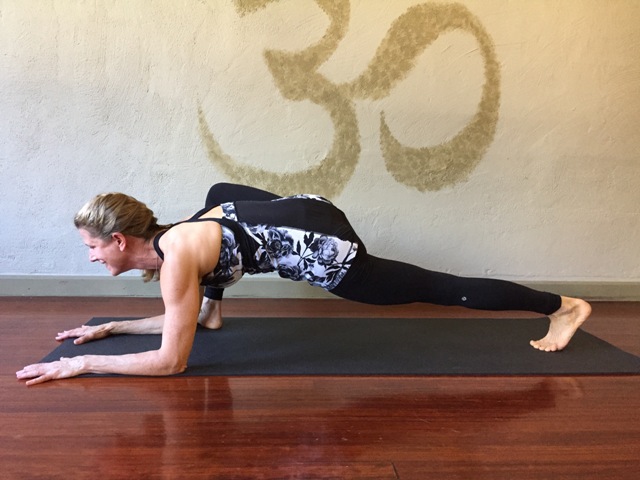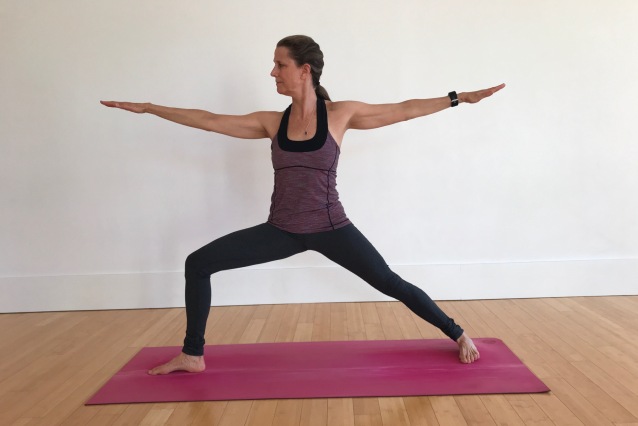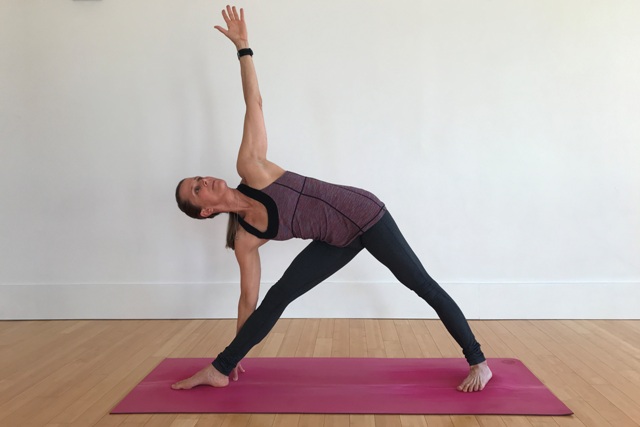Moods
In the early 2000’s I trained in Anusara yoga, a type of yoga that was characterized by “Opening the Heart”. In the teacher training manual, its founder – John Friend, stated that there were two main reasons that people did yoga: the first was because they felt great and enjoyed expressing themselves physically through the practice of yoga, and the second was that they didn’t feel good and that they did yoga to help themselves feel better physically as well as mentally and emotionally. In the ensuing years I have always looked at why people do yoga and the answers always seem to fit into one of these two categories.
This chapter examines many inquiries into how yoga can lift moods and refresh the human spirit. These studies begin with the muscles and how yoga can relax them, goes on to study the blood and how yoga breathing can reset its chemical balance and eventually zeroes in on the subtleties of the nervous system and how yoga can fine tune its status.
Relaxing the muscles
One of the things I have observed in my years of teaching yoga is that people generally have a hard time relaxing. If I adjust a student in Savasana, I often find that they have an inability to let go of their muscles; there is a stiffness in the body, a tension in the muscles.
In 1929 Edmund Jacobson, a physiologist, wrote a book called Progressive Relaxation. He developed a machine to measure tonus – the normal state of slight muscular contraction that aids posture and readies the body for action. His technique centered on patients sequentially tensing and relaxing each body part, concentrating on the contrast. This helped people to feel where they were holding tension and consciously allowed them to learn to relax those muscles.
In yoga class, different muscles are engaged and released as we move into and out of postures creating a similar effect. Often students need this in order to be able to let go and be still for Savasana.
Blood – Pranayama
In the 1930’s Kovoor T. Behanan studied religion, philosophy and psychology at Yale. He moved back to his native India to study yoga at Gune’s ashram (see chapter 1). He was interested in studying the breath.
Resting adults breathe anywhere from 10 to 20 times a minute. But yoga breathing practices such as Ujjayi, are much slower.
Behanan studied how slow breathing increases calm alertness and raw awareness and fast styles of breathing tend to excite. He proved what the ancient yogis knew: you can use the breath to alter your state of mind.
Interestingly, the slowing down of the breath calmed the mind, but it also causes a retardation of mental function. It does not induce superhuman powers as the ancient yogis claimed, but it does produce an extremely pleasant feeling of quietude. Repetition of mantra also slows the breath and produces similar feelings.
Slow yogic breathing does not increase the level of oxygen in the blood, it is aerobic exercise that changes the oxygen levels.
Fast breathing can create feelings of exhilaration, but it can also upset the carbon dioxide balance in the blood which can cause light-headedness, blurred vision, tingling in the hands, spasms in the muscles and can make some people pass out. It should be done with care.
Nervous system – The accelerator and brake
Our autonomic nervous system is bifurcated: the sympathetic side excites us to fight or take flight, this could be called our accelerator, the parasympathetic side encourages us to rest and digest, this could be called the brake. A yoga practice should be a combination of applying the accelerator and the brake. This is similar to the technique of progressive relaxation, first tense and then relax the muscles to compare and contrast the two states of being. Postures such as Standing Poses, Handstand, Headstands and Backbends excite; Seated Poses, Forward Bends and Shoulder Stand relaxes. A well balanced yoga class can create a sense of relaxation and well being. Most people live in a state of stress and tension with an inability to relax. The demands of survival mean that the body favors the accelerator.
There are studies on a neurotransmitter called GABA, or gamma-aminobutyric acid. Low levels of Gaba have been linked to depression. A study published in 2007 showed that GABA levels tended to be higher in yoga practitioners as compared to people who walked for exercise – which was seen as having the same metabolic expenditure as yoga. Gaba levels were higher in those yoga practitioners who were experienced and who practiced regularly showing that yoga has some benefit in uplifting moods.
Amy Weintraub, a well-known yoga teacher wrote a book called: Yoga for Depression. In it, she describes how her yoga practice saved her life.
Yoga is a discipline that succeeds at smoothing the ups and downs of emotional life. It uses relaxation, breathing and postures to bring about an environment of inner bending and stretching. The current evidence suggests that yoga can reduce despair and hopelessness to the point of saving lives.
This is the upside of yoga. The downside is that it can do great harm. That is the subject of the next chapter.
